Web development is one process consisting of multiple phases. Just as time is segmented into centuries, decades, years, months, weeks, days, hours, minutes, seconds, the web development process is also segmented into steps for better understanding and supervision. The segmentation of the steps differs from one developer to developer. Here, we will accentuate over the salient steps or phases of web development process. Different developers might give these a different name, but the work done in each step is the same.

1.Collection of Information
The first phase includes a collection of information and requirements. If it is your website, you outline what look you want at the front-end and what you wish at the back-end, the goal of the website. It is for traffic only or converting visitors into leads. If it is client’s website, ask the questions that would fetch you enough information to move on to the next step.
2. Planning Phase
Once you have enough information to start your web development project on paper, you start off with the planning stage. It’s time to work and the list of requirements and research on the basis of the information gathered. The best optimal solutions are offered to proceed with the work in the planning stage, tasks are allocated, and deadlines are given.
3. Web Designers
Web designers come into play to prepare a mockup to let everyone see how will the website look before it is actually made. Web development and designing go hand in hand. Any changes in the visual aspect can be made at this phase of the development process. Designers are also given the list of requirements for the clients and functionality to be used on the website. The designers in some cases prepare a wireframe to check if everything is in its place.
4. And, The Coding Begins
Once the design is ready and every element in its place, the coding part begins to bring the design to life. This is the core web development phase. Page after page, functionality after functionality, the codes are implemented, re-checked. Best framework and language are chosen that keep the website light and maintain a good page speed.
5. Testing and Delivery
Once the coding is done, testing phase in web development begins. It is done to eradicate the minor or major errors if any. The goal of each functionality is thoroughly checked on several parameters to see if it is working on all browsers, devices. When all the errors are rectified and the website is fully functional as the client wanted it gets delivered to the client.
Bonus Phase and The Most Important One
Maintenance

Updates in the content display, functionality, adding more products/services, and managing them all are taken care in the maintenance phase. This goes on as the demand for the updates is generated.
Prepare your project sheet and segment the complete web development process in these phases. The key is to concentrate on each point at one time so as to deliver efficient overall results.










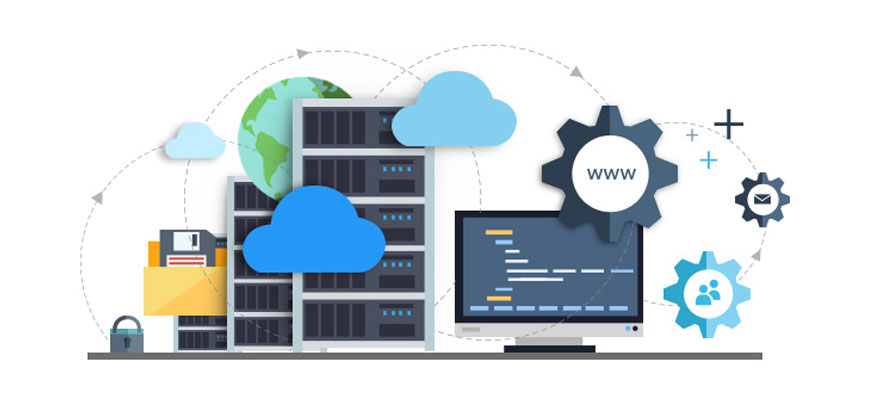






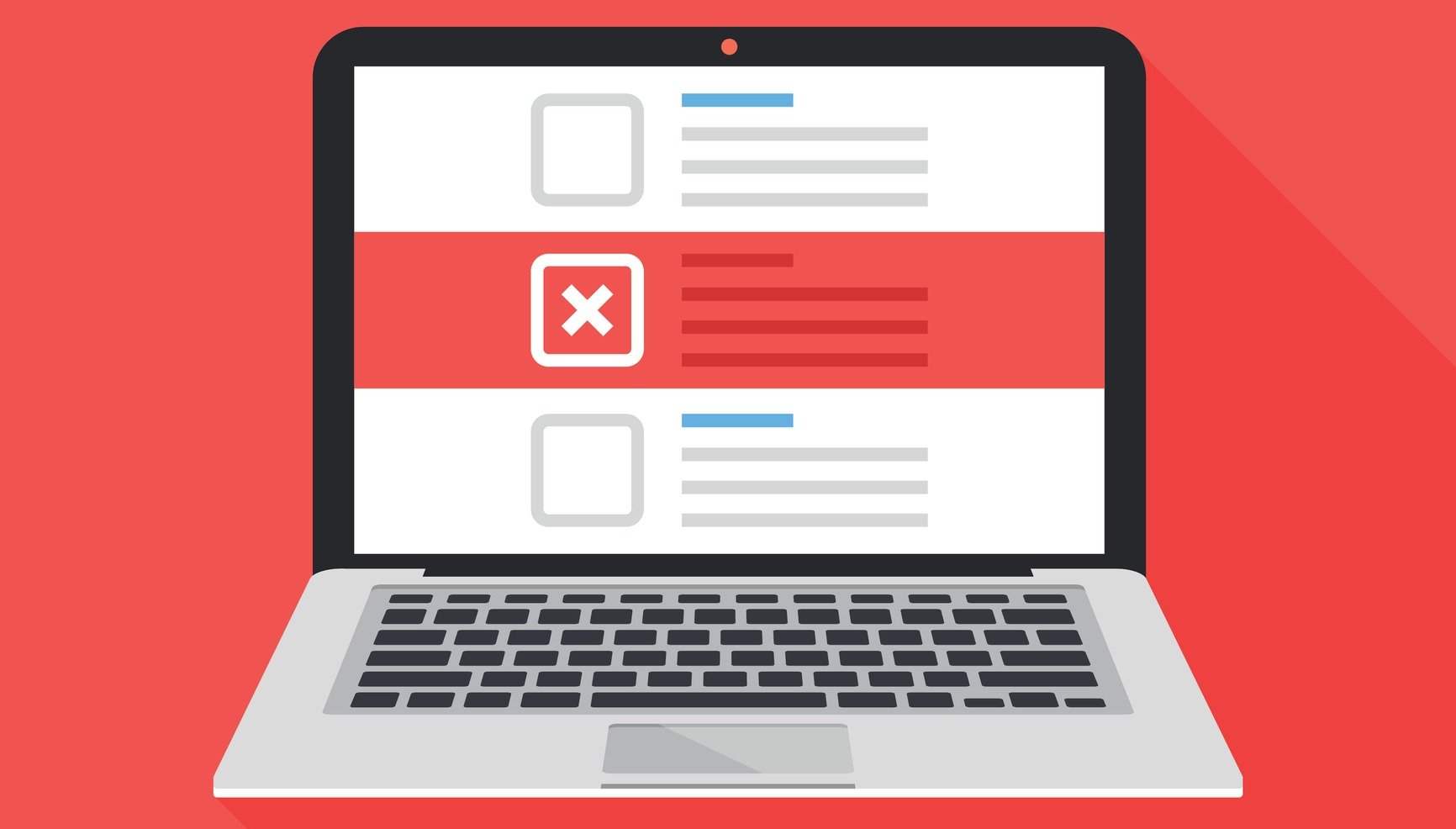









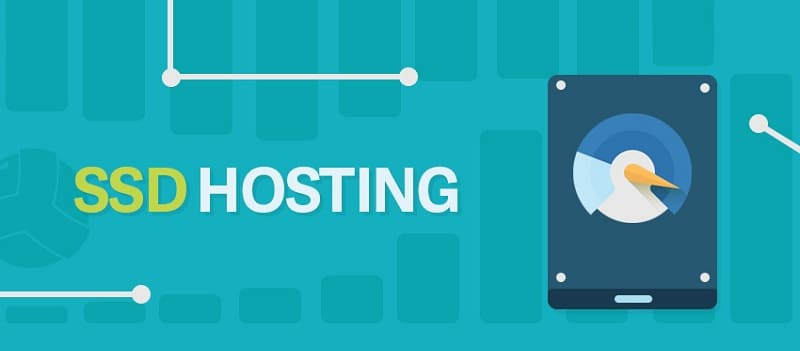

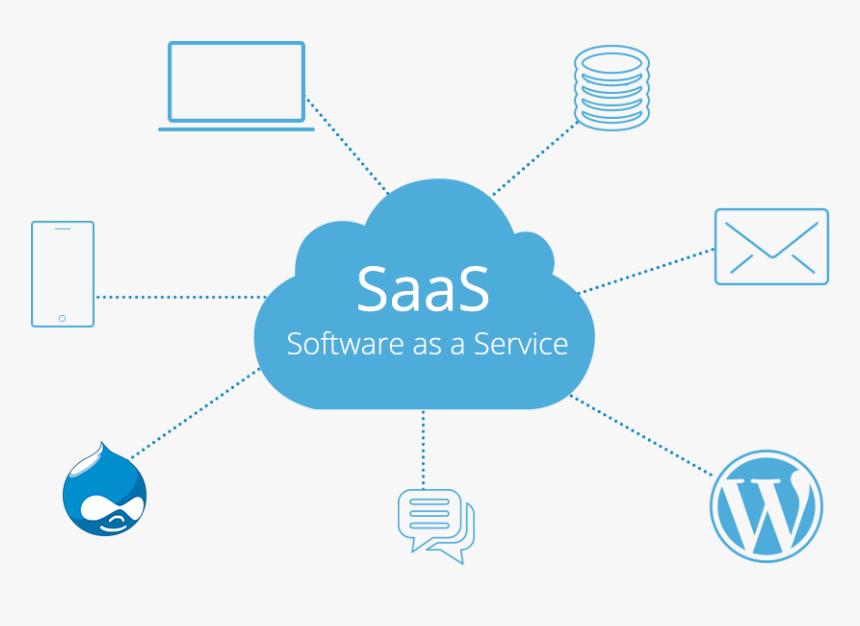


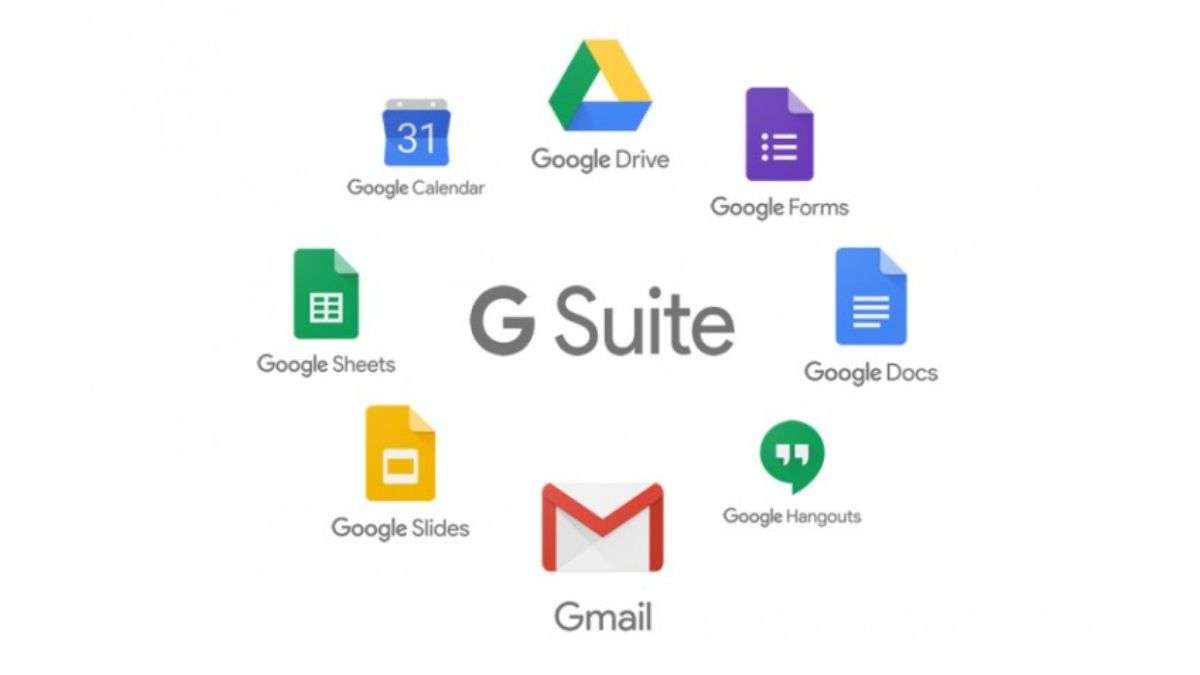

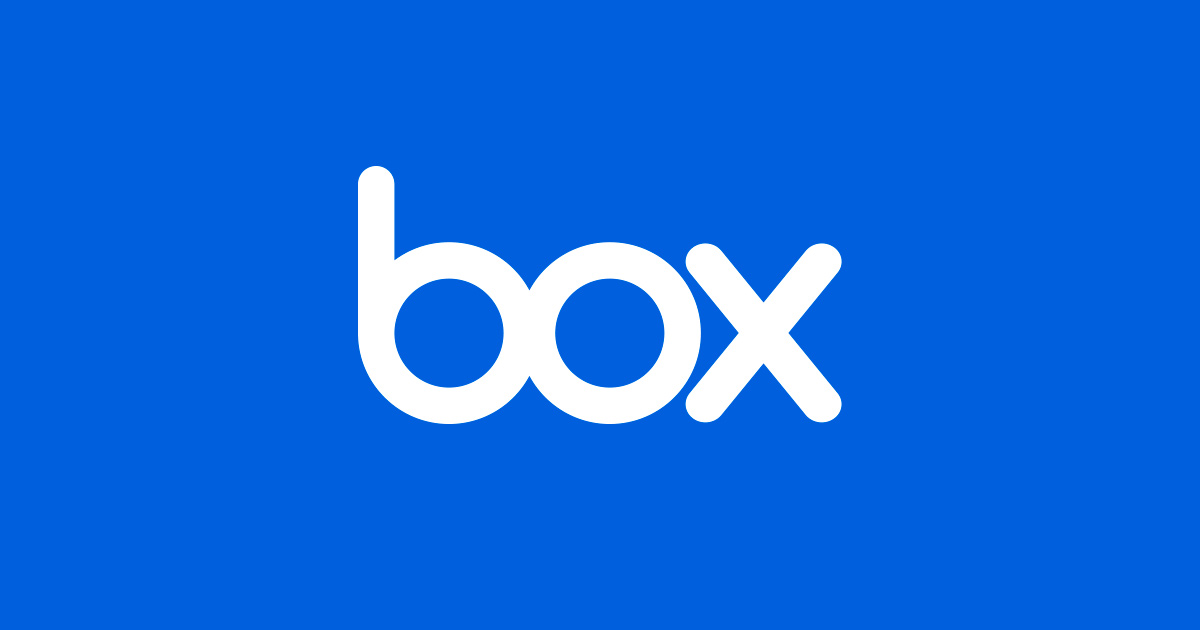
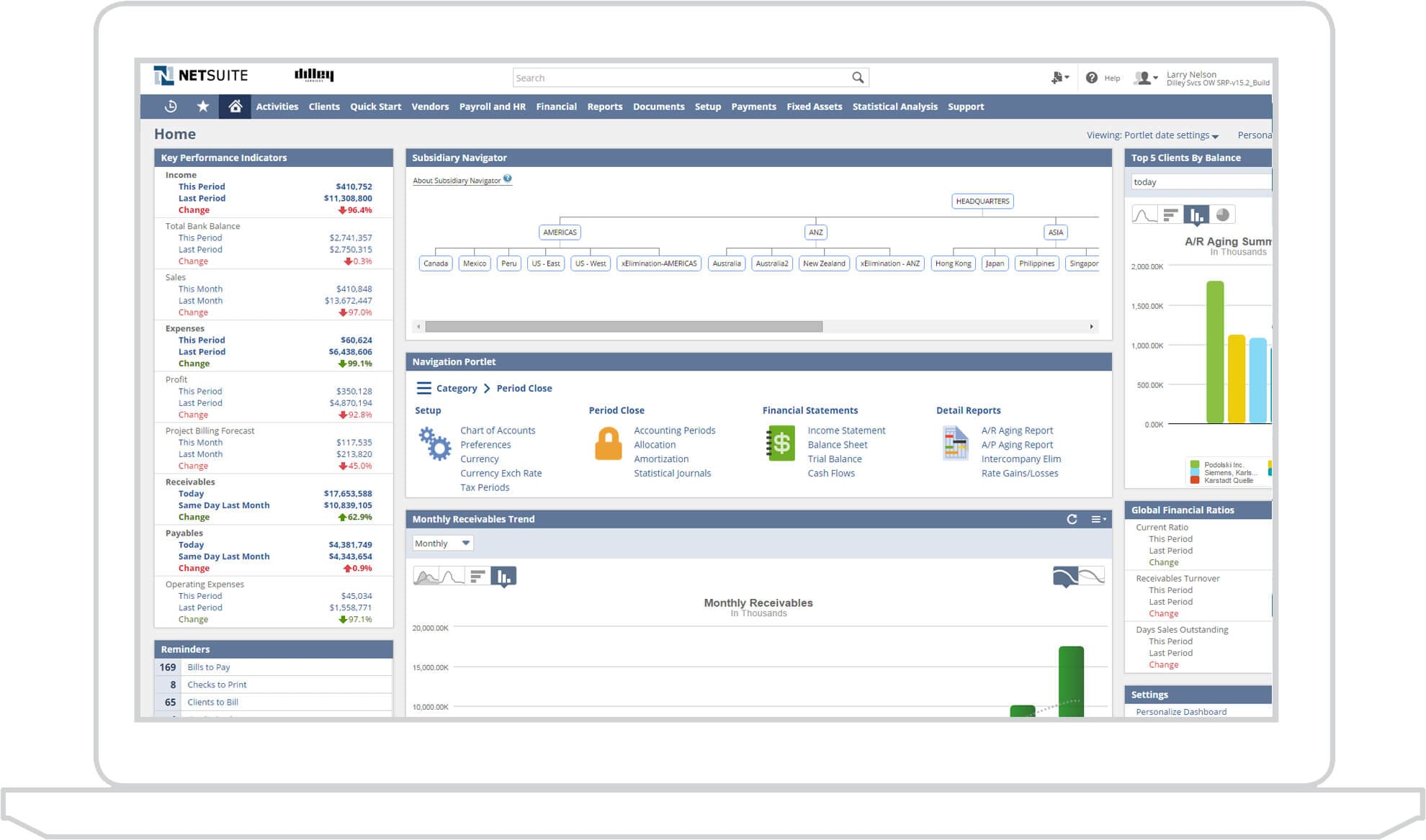
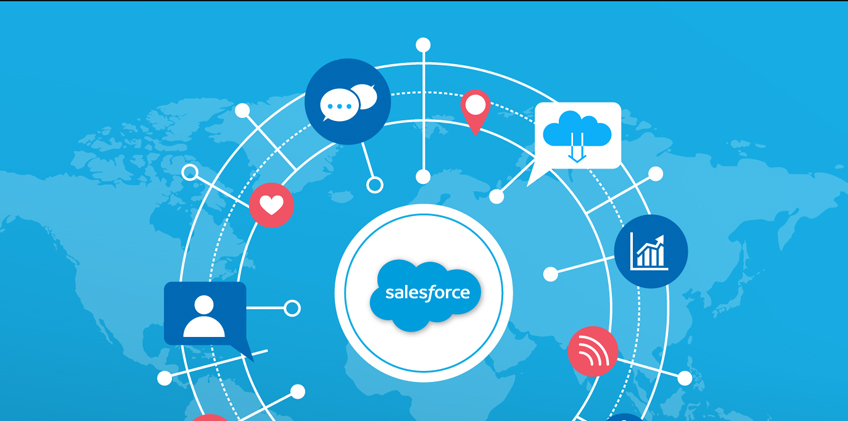

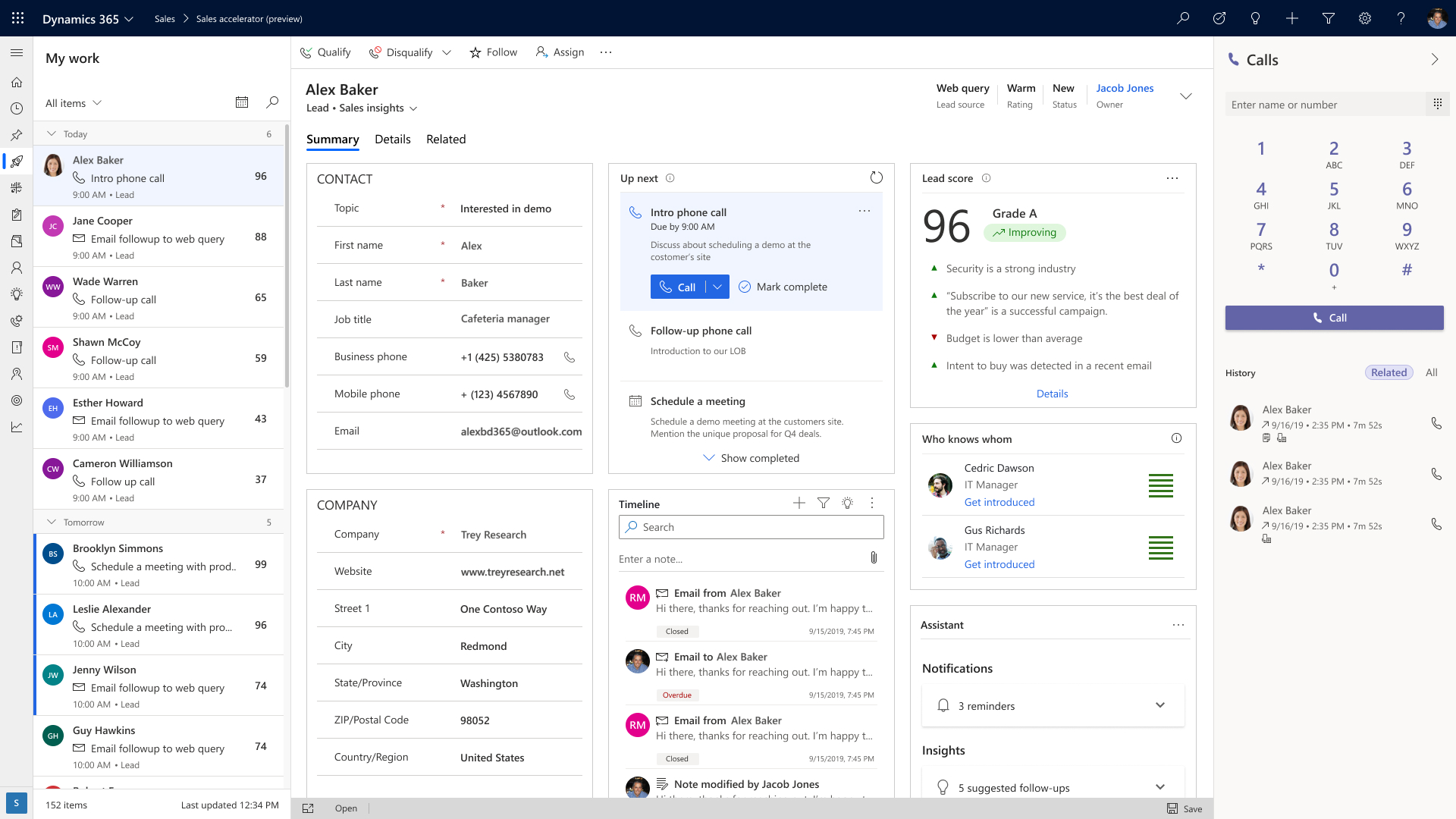





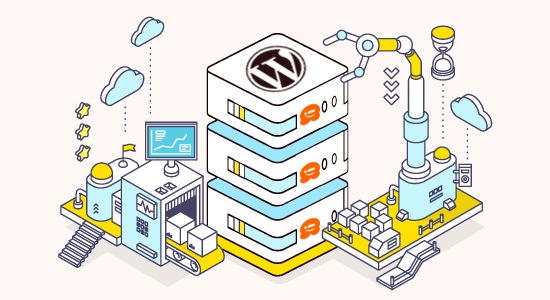
:max_bytes(150000):strip_icc():saturation(0.2):brightness(10):contrast(5)/GettyImages-165790804-577f2ef53df78c1e1f4d15ec.jpg)


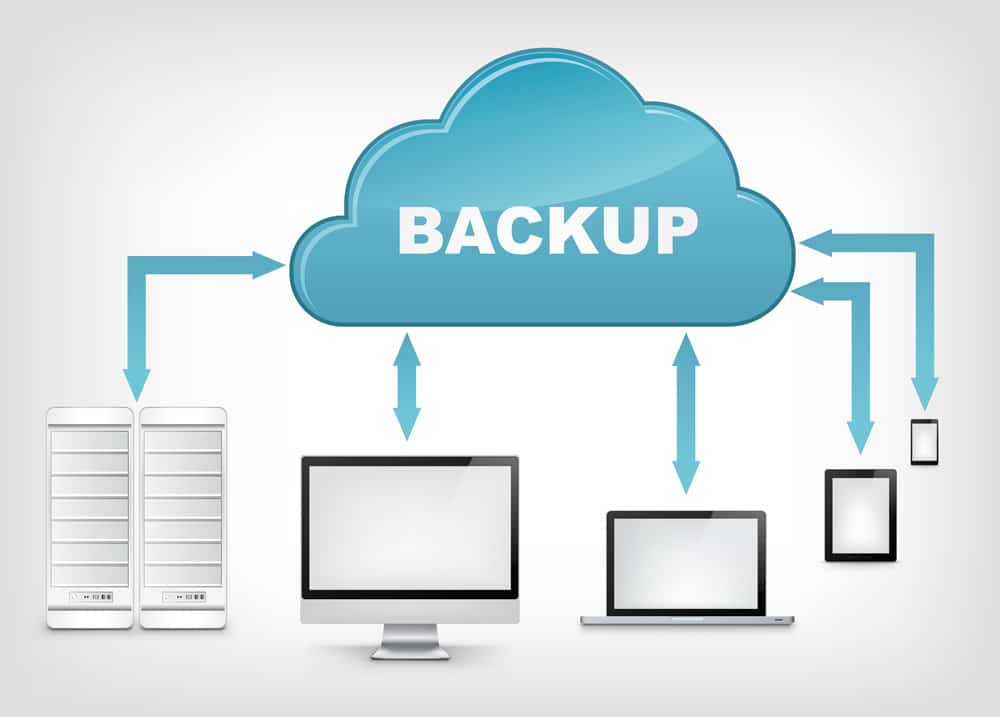




:max_bytes(150000):strip_icc()/ticking-clock-heide-benser-fuse-getty-images-56a6f9133df78cf772913505.jpg)












